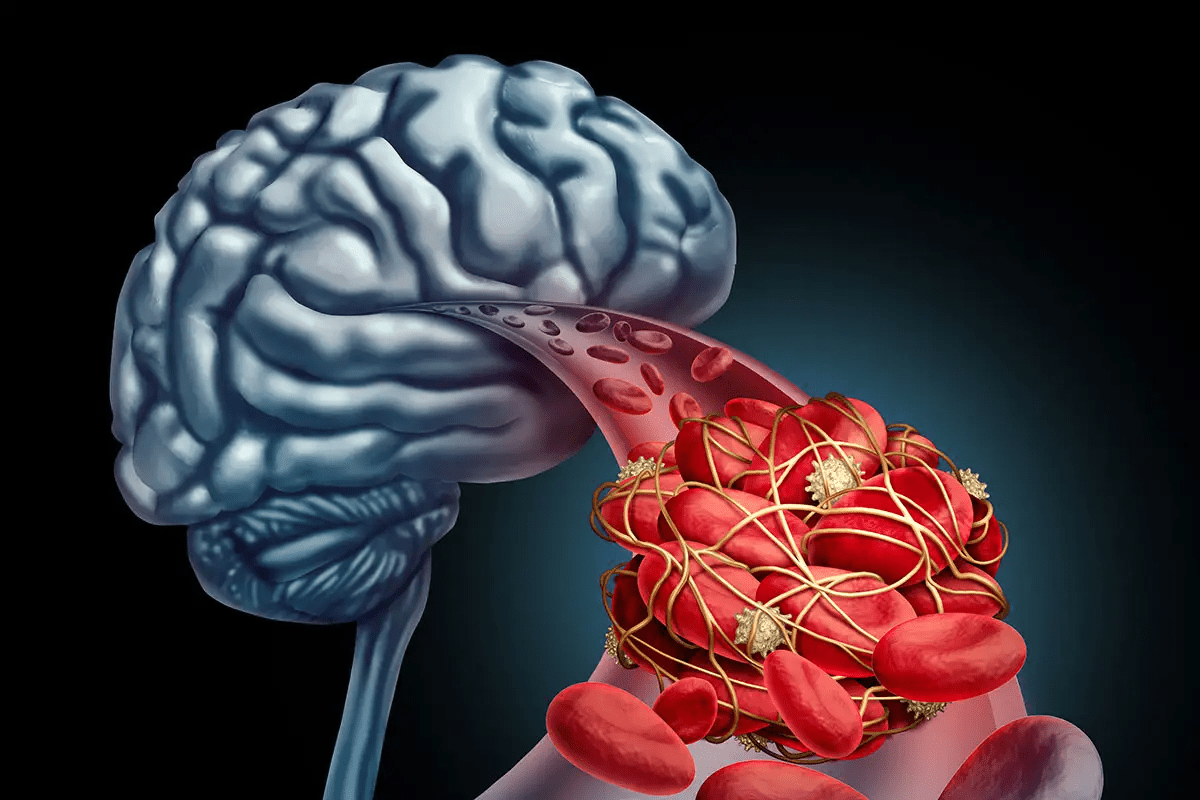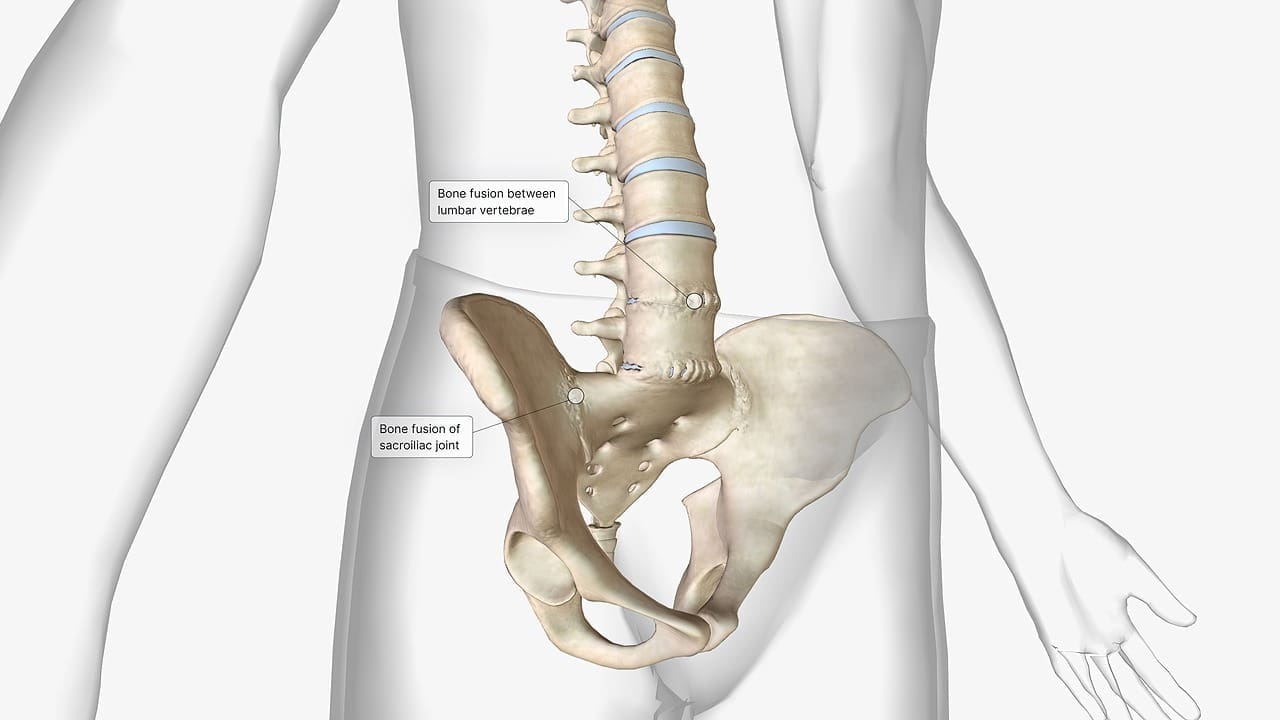Last Updated on November 26, 2025 by Bilal Hasdemir

How long do diagnostic nerve blocks last? Our ultimate guide covers the duration for facet joint and medial branch blocks.
These blocks stop pain signals for a while. This lets doctors figure out the best treatment. We’ll look at how long facet joint and medial branch blocks last and why they matter for pain relief.
Knowing how long these blocks work helps patients choose their treatment. Our team aims to give top-notch care. This guide is here to help patients make smart choices.
Key Takeaways
- Diagnostic nerve blocks are used to identify the source of back or neck pain.
- Facet joint and medial branch blocks are types of diagnostic nerve blocks.
- The duration of pain relief from these blocks varies.
- Understanding the duration of pain relief is key for treatment planning.
- Liv Hospital is dedicated to quality, patient-focused care.
Understanding Diagnostic Nerve Blocks
Diagnostic nerve blocks are injections that help find where pain comes from. They work by stopping pain signals to the brain. This is a key tool in managing pain, helping doctors find the pain’s source.
Definition and Purpose of Diagnostic Nerve Blocks
These blocks involve injecting a local anesthetic around certain nerves or branches. Their main goal is to find pain’s source by blocking pain signals. This helps doctors see if pain comes from a specific area or nerve path.
We use these blocks to find the pain’s source. This is key for creating a good treatment plan. The info from these blocks helps us tailor treatments to each patient’s needs.
Common Types of Diagnostic Nerve Blocks
The two main types are facet joint nerve blocks and medial branch blocks. Facet joint blocks target the small joints between vertebrae in the spine. These joints can hurt, often due to arthritis or injury.
Medial branch blocks target nerves that carry pain from these joints to the brain. By blocking these nerves, we can see if the joints are causing pain.
Both blocks are vital for diagnosing and treating back and neck pain. Knowing which block to use is key for accurate diagnosis and treatment.
Facet Joint Nerve Blocks Explained
Facet joint nerve blocks help find and treat spinal pain. These small joints between vertebrae can cause pain if they get irritated or inflamed.
Anatomy of Facet Joints
Facet joints are found between vertebrae. They help keep the spine stable and moving. Each joint has nerves that send pain signals.
“The facet joints are true synovial joints with cartilage, synovium, and a joint capsule, making them susceptible to degenerative changes and inflammation,” as noted in medical literature.
How Facet Joint Nerve Blocks Work
Facet joint nerve blocks involve injecting a local anesthetic and sometimes a corticosteroid into the joint. This helps find out if the joint is causing pain by numbing it.
How well these blocks work can vary. Some people get a lot of relief, while others may not feel as much. A study found that while they’re good for finding pain sources, their pain-relieving effects can be different for everyone.
Conditions Treated with Facet Joint Blocks
Facet joint nerve blocks help with several spinal issues. These include facet joint syndrome, degenerative arthritis, and spinal stenosis. These problems often come from wear and tear on the joints, causing pain and stiffness.
- Facet joint syndrome: characterized by pain and tenderness over the facet joints.
- Degenerative arthritis: involves the deterioration of the facet joints, leading to pain and reduced mobility.
- Spinal stenosis: narrowing of the spinal canal, which can put pressure on the nerves and cause pain.
By using facet joint nerve blocks to find pain sources, doctors can create better treatment plans. This helps address the root cause of the pain more effectively.
Medial Branch Nerve Blocks: A Complete Overview
Medial branch blocks are a test that injects a local anesthetic near certain nerves. This helps find out if these nerves cause pain. It’s key for figuring out where spinal pain comes from, so doctors can plan better treatments.
What Are Medial Branch Nerves?
Medial branch nerves are small parts of the spinal nerves. They carry pain signals from the facet joints to the brain. Knowing about these nerves is important for doing medial branch blocks right.
The facet joints are where these nerves send pain signals. These joints can get inflamed or irritated, causing pain. By targeting these nerves, doctors can block pain signals from the facet joints.
Procedure for Medial Branch Nerve Block Injections
The steps for medial branch nerve block injections are:
- Preparation: Patients lie on their stomach, and the skin is cleaned and sterilized.
- Fluoroscopic Guidance: The doctor uses fluoroscopy to find the right spot and guide the needle.
- Injection: A mix of local anesthetic and corticosteroid is injected near the nerves.
- Monitoring: Patients are watched for any bad reactions and checked for pain relief.
This procedure is done on an outpatient basis and has a quick recovery time.
Lumbar Medial Branch Blocks: Specific Considerations
Lumbar medial branch blocks help diagnose and treat lower back pain. The process is similar, but there are special things to think about for the lumbar area.
| Level | Nerve Targeted | Common Pain Referral Pattern |
| L2-L3 | L2 medial branch | Lower back, upper buttock |
| L3-L4 | L3 medial branch | Lower back, lateral thigh |
| L4-L5 | L4 medial branch | Lower back, knee |
Knowing which nerves are involved and their pain patterns is key for diagnosing and treating lumbar facet joint pain.
“The precision of medial branch blocks allows us to isolate the source of pain, providing a clear pathway to effective treatment.”
— Dr. John Smith, Pain Management Specialist
Medial branch blocks give doctors a tool that’s both effective and gentle. It helps find the right treatment for patients.
How Long Do Diagnostic Nerve Blocks Last?
Knowing how long diagnostic nerve blocks last is key for both patients and doctors. These blocks help find where pain comes from.
Typical Duration of Pain Relief
The time pain relief lasts from nerve blocks varies a lot. It can be from a few hours to a few days. Some people might feel relief for just 4 to 12 hours, while others might feel better for days.
Several things can affect how long pain relief lasts:
- The type of anesthetic used
- The specific nerves targeted
- Individual patient factors, such as metabolism and overall health
Differences Between Diagnostic and Therapeutic Blocks
It’s important to know the difference between diagnostic and therapeutic nerve blocks. Diagnostic blocks are meant to be temporary, lasting only a short time. They help find where pain comes from. Therapeutic blocks, on the other hand, aim to treat pain and can last longer, sometimes weeks or months.
Therapeutic blocks often use corticosteroids or other anti-inflammatory medications along with anesthetics. This can make pain relief last longer.
What to Expect After the Block Wears Off
When the block wears off, pain will go back to its usual level. Keeping a pain diary before and after the block is very helpful. This helps doctors understand the results and plan the next steps.
Some people might feel sore where the block was given. This usually goes away in a few days. If pain doesn’t get better or gets worse, it’s important to talk to your doctor.
Understanding how long nerve blocks last and what happens after can help patients. It lets them work with their doctors to manage pain better.
Duration Specifics for Different Types of Blocks
The length of time pain relief lasts from nerve blocks varies. Facet blocks and medial branch blocks are used to find pain sources.
How Long Does a Facet Block Last?
Facet blocks are injections into the facet joints for pain relief. Relief can last from hours to weeks. The exact time depends on the procedure, medication, and patient.
Duration of Medial Branch Block Effects
Medial branch blocks target facet joint nerves. They usually last from hours to days. The exact time depends on the injection’s accuracy, medication, and patient’s health.
How Long Does a Lumbar Medial Branch Block Last?
Lumbar medial branch blocks are for the lower back. They last like other medial branch blocks, from hours to days. Relief times can vary among patients.
Comparing Longevity Between Block Types
Facet blocks and medial branch blocks both help diagnose pain. Facet blocks might offer longer relief, possibly because they’re injected directly into the joint. Medial branch blocks are key for diagnosing facet joint pain. Knowing these differences helps doctors choose the best treatment for each patient.
Facet Injections vs. Medial Branch Blocks: Key Differences
Facet joint pain can be treated in two main ways: facet injections and medial branch blocks. Both aim to ease pain but work differently. They vary in how they’re done and their results.
Injection Sites and Techniques
Facet injections put medicine directly into the facet joint. This helps both diagnose and treat the pain. Doctors use X-rays to guide the injection for accuracy.
Medial branch blocks, on the other hand, target the medial branch nerves. These nerves carry pain signals from the facet joints. The medicine is injected around these nerves. This mainly helps find where the pain comes from.
Effectiveness for Different Conditions
Facet injections are great for pain from facet joint arthritis or inflammation. They offer quick relief and reduce swelling in the joint.
Medial branch blocks are for finding out if facet joints are the pain source. They’re useful when it’s not clear where the pain comes from. They help plan treatments like radiofrequency ablation.
“The choice between facet injections and medial branch blocks depends on the specific clinical scenario and the patient’s condition.”
When One Is Preferred Over the Other
Choosing between facet injections and medial branch blocks depends on several things. These include where the pain comes from, the patient’s health history, and what treatment goals are. For example, facet injections might be better if the pain is in the facet joint itself.
If you’re trying to find where the pain is or planning a long-term treatment, medial branch blocks are usually a better choice.
In summary, facet injections and medial branch blocks are both important for managing facet joint pain. Knowing their differences helps doctors choose the best treatment for each patient.
The Diagnostic Process and Patient Experience
The diagnostic process for nerve blocks has key steps. Patients need to know these to have a smooth and effective experience.
Before the Procedure: Preparation Guidelines
Before a nerve block, patients should follow certain guidelines. They might need to stop taking some medicines. It’s important to talk about your medicines with your doctor.
Also, make sure someone can drive you home. The medicine might make it hard to drive.
During the Procedure: What to Expect
During the procedure, patients lie on a table. The area is cleaned and ready. We use special X-rays to guide the needle.
After the Procedure: Recovery and Monitoring
After the procedure, patients are watched for a bit. We check for any bad reactions. If you feel anything strange, tell us right away.
When you go home, follow the instructions. This might mean not doing too much for a while.
Potential Side Effects and Complications
Diagnostic nerve blocks are usually safe, but side effects and complications can happen. You might feel numb, get an infection, or have an allergic reaction. We talk about these risks with you before.
But, serious problems like nerve damage are rare. Our skilled team uses precise methods to lower this risk.
From Diagnosis to Treatment: Next Steps After Nerve Blocks
After a nerve block test, doctors look at the results to decide what to do next. These tests help find where the pain comes from. What they find guides the next steps in treatment.
How Physicians Interpret Block Results
Doctors check how well a nerve block works by seeing if it reduces pain. If it does, it means the nerves causing pain were found. Dr. John Smith, a pain expert, says this is key.
They also look at how long the pain relief lasts and any side effects. This helps them figure out the best treatment plan.
Treatment Options Following Successful Diagnostic Blocks
After a block works, there are many ways to treat pain. Options include physical therapy, medicine, or more invasive methods. Radiofrequency ablation is one option that can help for a long time.
We work with patients to find the best treatment. We consider how bad their pain is, their health, and what they prefer. Our goal is to help them feel better and live better.
Radiofrequency Ablation as a Longer-Term Solution
Radiofrequency ablation (RFA) is a small procedure that uses heat to stop pain nerves. It’s a good choice for those who got relief from nerve blocks.
Key benefits of RFA include:
- Longer pain relief than blocks
- Less invasive, so you recover faster
- Can be done again if needed
RFA can greatly improve your life by letting you do more without pain. We talk about the good and bad of RFA with our patients. This helps them make the best choice for their treatment.
Conclusion: Understanding the Temporary Nature of Diagnostic Nerve Blocks
Diagnostic nerve blocks are key in finding the cause of back and neck pain. We’ve looked at different types, like facet joint and medial branch blocks. They help guide treatment plans.
The temporary relief they offer is important. These blocks help patients and doctors find the pain’s source. This leads to effective treatments.
Knowing how long these blocks last helps patients understand their diagnosis better. The time pain relief lasts depends on the block type and individual factors.
In summary, diagnostic nerve blocks are essential in managing pain. Their temporary effect allows for accurate diagnosis. This leads to targeted treatments like radiofrequency ablation for lasting relief.
FAQ
How long do diagnostic nerve blocks last?
Diagnostic nerve blocks offer temporary relief. They can last from a few hours to a few days. The exact time depends on the block type and the patient.
What is the difference between facet joint nerve blocks and medial branch blocks?
Facet joint nerve blocks target the facet joints directly. Medial branch blocks target the nerves that carry pain signals from the facet joints to the brain. Both are used to diagnose and treat facet joint pain.
How long does a facet block last?
Facet blocks can give relief for a few hours to several days or weeks. The time varies based on the procedure and the patient.
How long does a medial branch block last?
Medial branch blocks usually offer relief for a few hours to a few days. The time can vary based on the individual and the procedure.
What is the purpose of a diagnostic nerve block?
Diagnostic nerve blocks are used to find the source of pain. They block pain signals temporarily. This helps healthcare providers decide the best treatment.
Are facet injections and medial branch blocks used for the same conditions?
Yes, both are used for facet joint pain. Facet injections put medication directly into the joint. Medial branch blocks target the nerves that carry pain signals.
What can I expect during a diagnostic nerve block procedure?
During a diagnostic nerve block, a local anesthetic is injected near the nerves or joints. The procedure is done under fluoroscopic guidance for accuracy.
What are the possible side effects of diagnostic nerve blocks?
Side effects can include temporary numbness, weakness, or soreness at the injection site. Serious complications like infection or nerve damage are rare but possible.
How do physicians interpret the results of diagnostic nerve blocks?
Physicians look at how the patient responds to the block. A successful block can show the pain source and guide further treatment.
What are the next steps after a successful diagnostic nerve block?
After a successful block, treatment options may include more injections, physical therapy, or procedures like radiofrequency ablation. These aim for longer-term pain relief.
Can diagnostic nerve blocks provide long-term pain relief?
No, diagnostic nerve blocks are not meant for long-term relief. But they can help guide treatment decisions for longer-term solutions.
How do I prepare for a diagnostic nerve block procedure?
To prepare, stop certain medications before the procedure. Arrange for a ride home and follow any specific instructions from your healthcare provider.
References
- Cohen, S. P., Doshi, T. L., Constantinescu, O. C., Zhao, Z., Kurihara, C., & Griffith, S. R. (2020). Effectiveness of lumbar facet joint blocks and predictive value before radiofrequency denervation: A systematic review. Anesthesiology, 133(3), 604–625. https://pubmed.ncbi.nlm.nih.gov/32657861/






